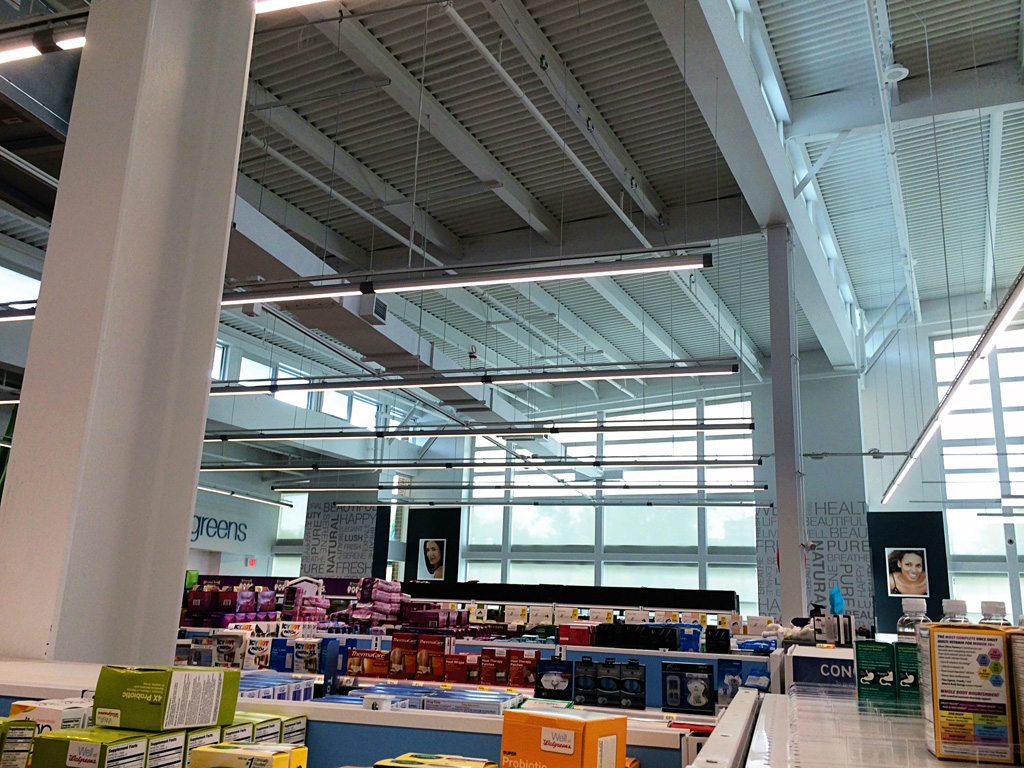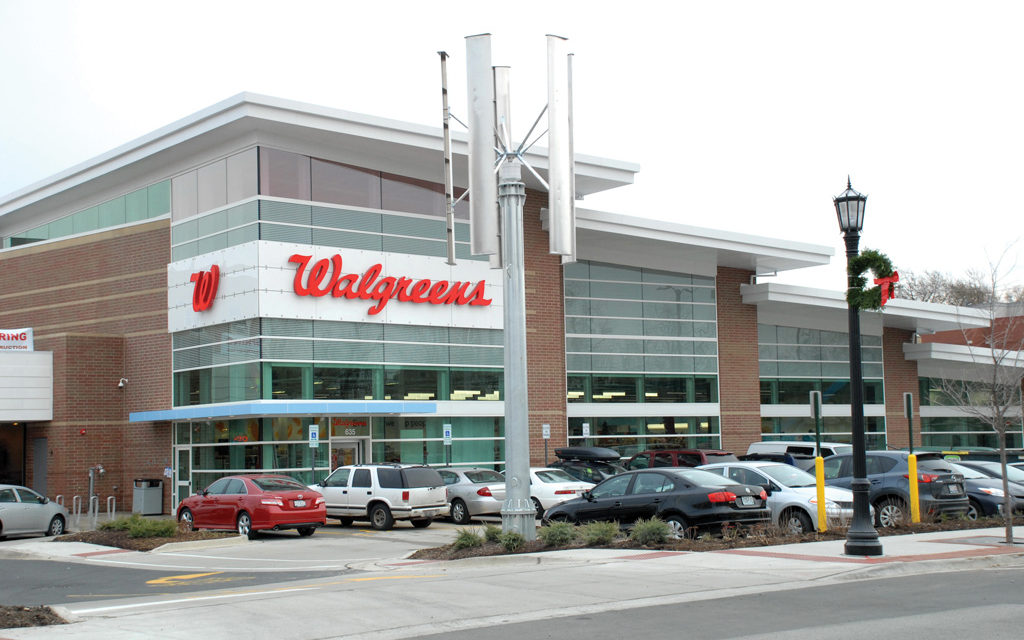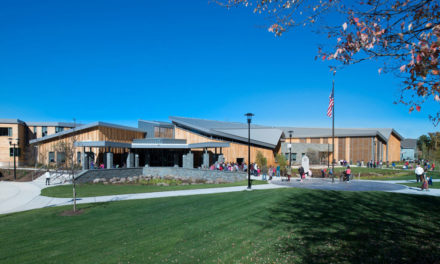By all accounts, Charles Walgreen—founder of Walgreens—was a genuine visionary. Beginning in Chicago in 1901, he revolutionized the way drugstores did business with innovations in home delivery, in-store soda fountains and even the use of radio as an advertising medium. Today, Walgreens is the nation’s largest drugstore chain with more than 8,000 stores and sales topping $72 billion.
But for all his imagination and foresight, it seems unlikely that Charles Walgreen could have envisioned what his company did in 2013 in Evanston, Illinois, where—with the help of some 3M innovation—it opened a first-of-its-kind drugstore designed to produce more energy than it consumes.
Situation
Known as a “net-zero” retail store, the Walgreens is equipped with solar panels, two wind turbines and a geothermal system to generate electricity. As part of the project, Walgreens also wanted to make the most of available natural light flowing through the windows and reduce the dependence on electric lighting. Since lighting accounts for nearly 40% of all of the electricity used in commercial buildings in the United States, achieving a “net-zero” facility typically requires a dedicated lighting strategy.
“Walgreens was searching for a cost-effective, low-maintenance solution to reduce visible glare, extend our daylight zone and fit with the overall design of our first net-zero project,” says Jason Robbins, Walgreens’ Manager of Mechanical Engineering. “3M™ Daylight Redirecting Film was the perfect fit for our 4,000 Sq. Ft. west-facing curtain wall.”
Window films are commonly used in retail locations around the world to reduce glare, heat and improve the security of the glass. According to 3M, this particular window film improves the natural light within a building by redirecting as much as 80% of light that would have originally hit the floor a few feet from the window. Instead, the film sends the light up onto the ceiling, helping to light the room as deep as 40 feet from the window. Several studies have linked improved natural lighting to increased productivity and purchasing behavior, as well as a reduced need for electric lighting. The film also blocks up to 99% of the ultraviolet light, providing better protection for both shoppers and interior finishes.

Courtesy of 3M
Solution
After learning about the benefits of the film, Robbins said it was an easy decision to move ahead with the installation of the 3M Daylight Redirecting film. Window Energy Products, an authorized 3M window film dealer in Brookfield, Illinois, coordinated with the general contractor and glass installer to complete the installation during construction.
“We’re excited to partner with 3M on innovative solutions that reduce a building’s need for artificial light,” says Kevin Anez, Director of Marketing and Product Management for Viracon, the project’s glass fabricator. “The Walgreens project is a great example of how architectural glass and window film can work together to improve natural lighting and occupant comfort all while reducing artificial lighting costs.”
Result
For every vertical foot of window glass treated with redirecting window film, 3M estimates that natural daylight can be extended up to eight feet into a building’s interior. That can translate into as much as a 52% reduction in lighting energy savings. And, in the case of the Evanston Walgreens, the film is performing brilliantly.
“By applying 3M Daylight Redirecting Film, we were able to solve our primary goal of reducing glare, while simultaneously saving energy by increasing the area we could use for daylight harvesting,” Robbins added. “Our decisions on how to treat our west-facing curtain wall were critical in the overall look, feel and function of our net-zero design.”
Case Study Summary
Challenge: Reduce visible glare, extend the daylight zone and fit with the overall design of Walgreens’ first net-zero project.
Product Selection: 3M™ Daylight Redirecting Film
Benefits: Improves the natural light within a building by redirecting as much as 80% of light that would have originally hit the floor a few feet from the window.
Product Installer: Window Energy Products, a 3M authorized window film dealer from Brookfield, Illinois
Architect: Camburas & Theodore




